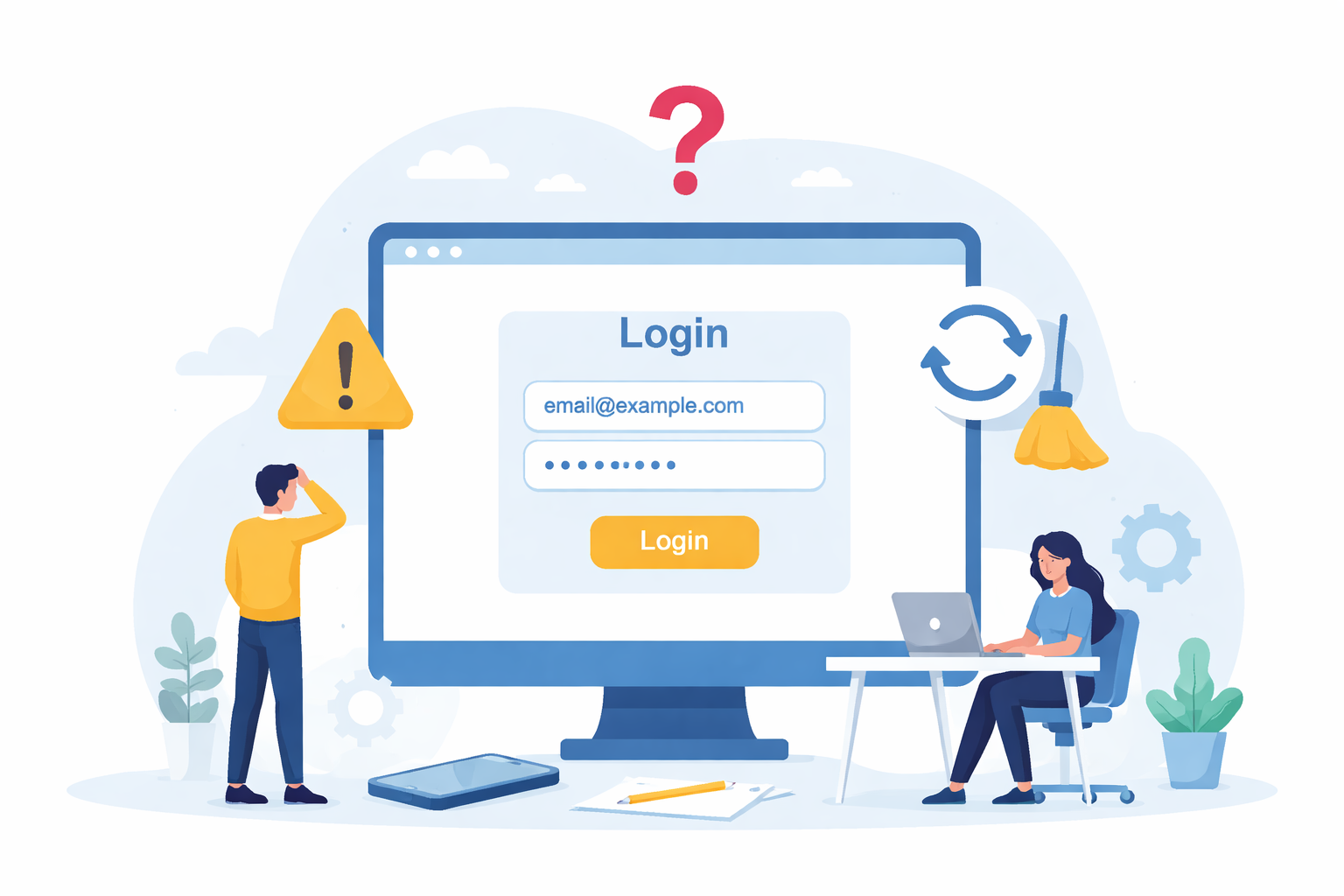 Why websites sometimes won’t let you sign in — and what usually fixes it
Why websites sometimes won’t let you sign in — and what usually fixes it
If a website suddenly won’t let you sign in — even though you know your username and password are correct — the problem is often not your account.
In many cases, the issue is caused by saved browser data that no longer matches what the website expects.
Here are the most common symptoms and the fixes that work most of the time.
Common Symptoms
You may see one or more of the following:
-
The site keeps redirecting you to a home page instead of logging you in
-
You’re logged in, but features you pay for are missing
-
The site works in one browser but not another
-
You reset your password, but the site still won’t accept it
-
You’re repeatedly asked to sign in again and again
The Most Common Cause
Modern websites use secure sign-in systems that rely on:
-
Cookies
-
Cached session data
-
Temporary authentication tokens
If any of that data becomes outdated or corrupted, your browser can get “stuck” remembering the wrong version of your account.
This often happens after:
-
Upgrading from a free account to a paid one
-
Changing your password
-
Enabling two-factor authentication
-
Long periods of inactivity
-
Website updates made by the service provider
The Quick Fix (Try This First)
-
Sign out completely of the website
-
Close the browser
-
Reopen the browser and go directly to the site’s login page
-
Try signing in again
If that works, you’re done.
The Fix That Solves Most Problems
If the quick fix doesn’t work:
-
Clear your browser’s cache and cookies
-
Close and reopen the browser
-
Sign in again
This forces the browser to forget outdated information and request fresh data from the website.
A Helpful Test
Try signing in using a different browser.
-
If it works in another browser, your account is fine
-
The problem is stored browser data in the original browser
Some browsers (especially those with strong privacy controls) are more likely to hold onto problematic login data.
What This Is Not
In most cases, login problems like these are not:
-
A hacked account
-
A billing issue
-
A password problem
-
A problem with the website itself
They’re usually a local browser issue.
When to Get Help
If clearing cache and cookies doesn’t help, or if the issue keeps coming back, it may be time to have a professional look at:
-
Browser settings
-
Security extensions
-
Password managers
-
System-wide privacy or VPN software
Final Tip
When something “suddenly stops working,” assume the simplest explanation first.
Browsers remember a lot — sometimes too much.
Clearing old data is often all it takes.

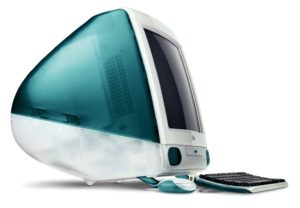
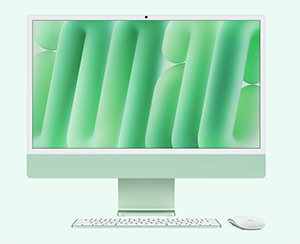
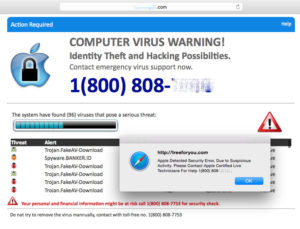
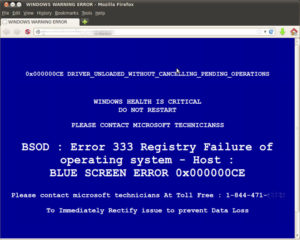
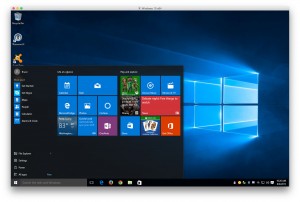
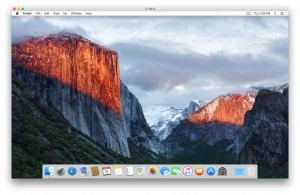
 Here are some interesting facts about the Internet:
Here are some interesting facts about the Internet: Have you been getting an endlessly spinning blue ball when you visit Facebook using Firefox? I recently found out why and found a temporary workaround for the problem. The explanation and instructions for implementing a workaround are below. (Of course, if you find this too technical to do yourself and would prefer to have me do this for you, please contact me).
Have you been getting an endlessly spinning blue ball when you visit Facebook using Firefox? I recently found out why and found a temporary workaround for the problem. The explanation and instructions for implementing a workaround are below. (Of course, if you find this too technical to do yourself and would prefer to have me do this for you, please contact me).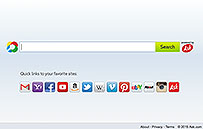
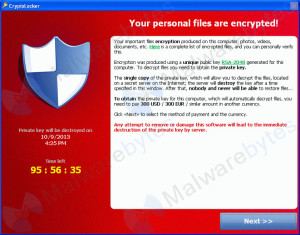
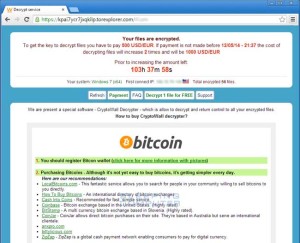
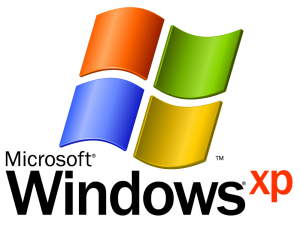 With Microsoft no longer releasing security updates and patches for Windows XP as of April 8, 2014, a lot of clients and friends have been asking me for my advice. They have two questions: 1) “Is it still safe to use Windows XP?” and 2) “Should I upgrade Windows XP to Windows 7 or 8?”. So partly to save time and partly because this blog is supposed to be a font of useful computer information, here is my advice:
With Microsoft no longer releasing security updates and patches for Windows XP as of April 8, 2014, a lot of clients and friends have been asking me for my advice. They have two questions: 1) “Is it still safe to use Windows XP?” and 2) “Should I upgrade Windows XP to Windows 7 or 8?”. So partly to save time and partly because this blog is supposed to be a font of useful computer information, here is my advice: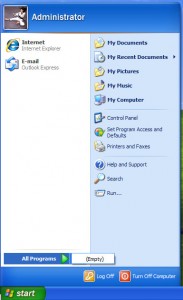 Sometimes after removing a computer virus from a infected Windows PC it looks as though all the user’s documents and programs are GONE. This can cause a panic for the user, not to mention the unseasoned technician. Usually nothing is actually gone, the apparently missing items are just hidden. Here’s a simple fix if this happens to a Windows XP machine:
Sometimes after removing a computer virus from a infected Windows PC it looks as though all the user’s documents and programs are GONE. This can cause a panic for the user, not to mention the unseasoned technician. Usually nothing is actually gone, the apparently missing items are just hidden. Here’s a simple fix if this happens to a Windows XP machine: